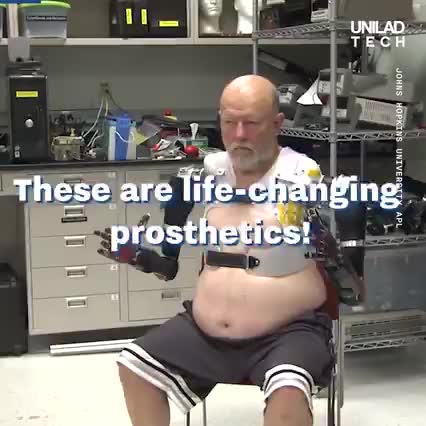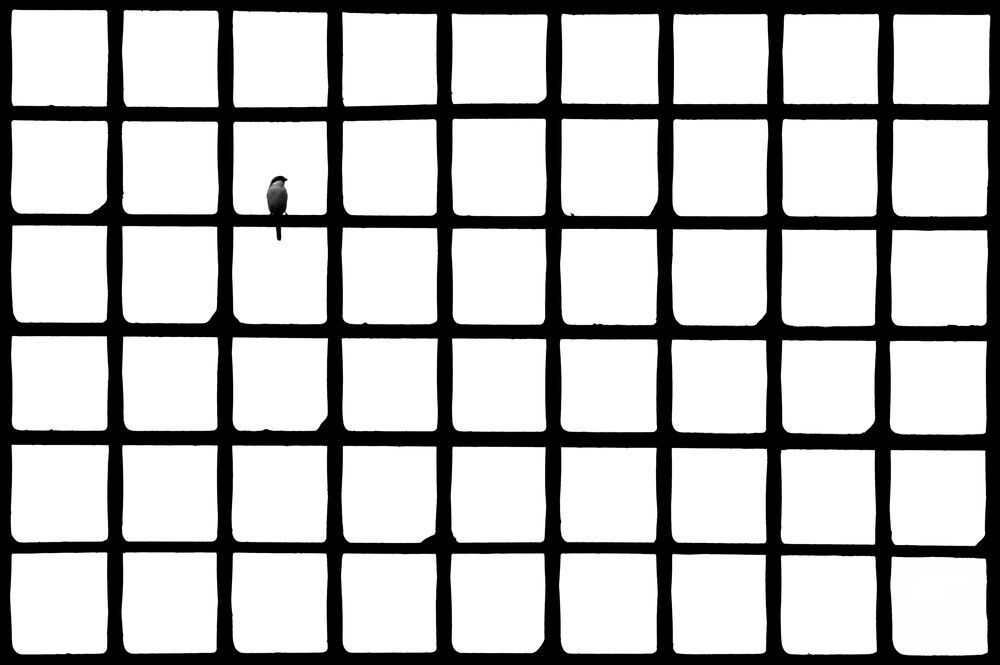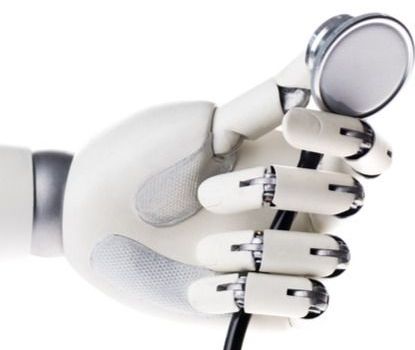These amputees have undergone targeted muscle reinnervation to improve their ability to move and lift objects! 👀🤯
Johns Hopkins University



Check out this amazing video about Synthetic Biology! (Credit: Vasil Hnãtiuk, Denis Sibilev, and Andrei Myshev)


Some thoughts triggered by the death of the mathematician John Conway.
Sorry for the inconvenience, ScientificAmerican.com is currently down for maintenance. Please check back later.

Medically healing nanites and magic spells are one way to get a character back on their feet again, but most characters aren’t packing those kinds of tools in their medical kits. What do authors and readers need to know to keep medical services realistic for the time, place, and overall setting within the story? Our experts share their knowledge on setting bones in space to mixing poultices in the forest to stave off infection in order to keep the healing real. They will also share tips and tricks on realistic wounds, character pain management, and other speculative medicinal practices.




It’s 2050 and you’re due for your monthly physical exam. Times have changed, so you no longer have to endure an orifices check, a needle in your vein, and a week of waiting for your blood test results. Instead, the nurse welcomes you with, “The doctor will sniff you now,” and takes you into an airtight chamber wired up to a massive computer. As you rest, the volatile molecules you exhale or emit from your body and skin slowly drift into the complex artificial intelligence apparatus, colloquially known as Deep Nose. Behind the scene, Deep Nose’s massive electronic brain starts crunching through the molecules, comparing them to its enormous olfactory database. Once it’s got a noseful, the AI matches your odors to the medical conditions that cause them and generates a printout of your health. Your human doctor goes over the results with you and plans your treatment or adjusts your meds.